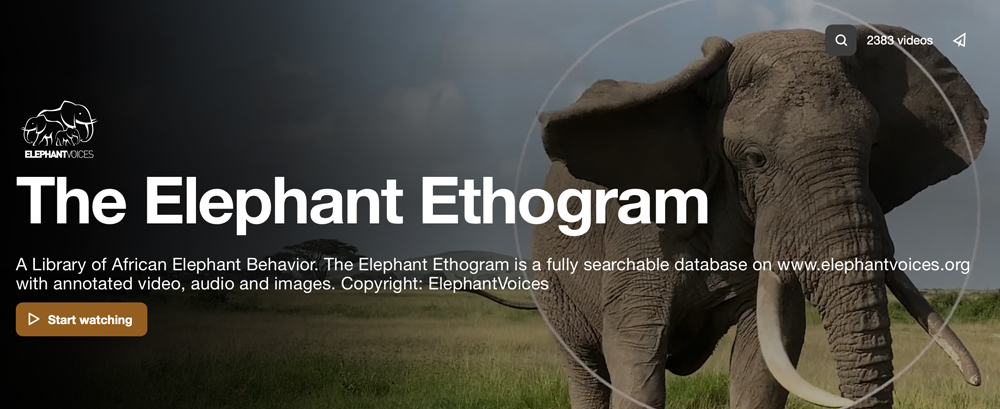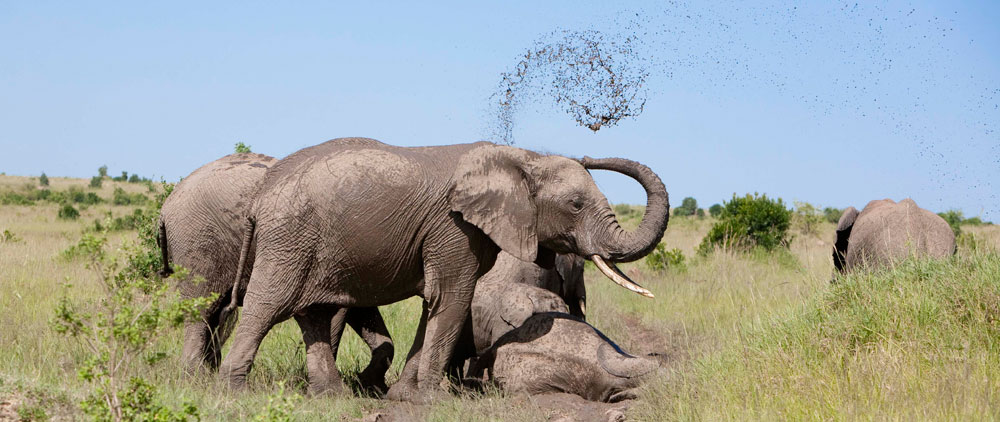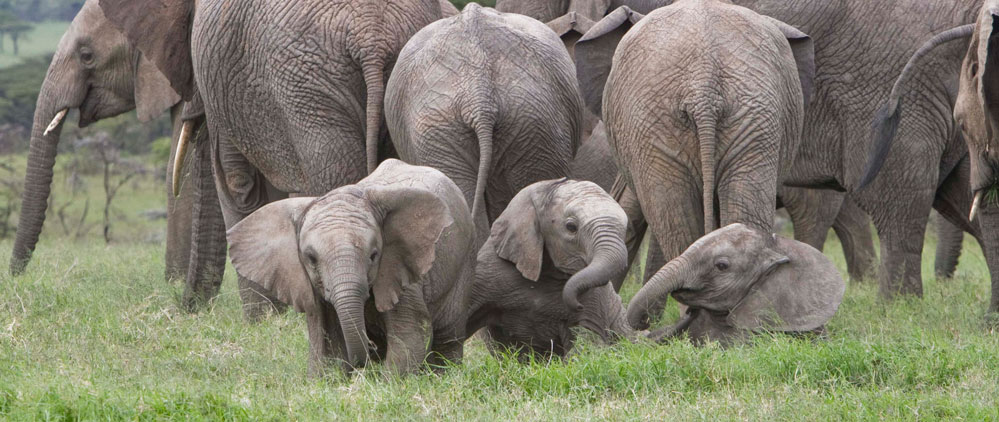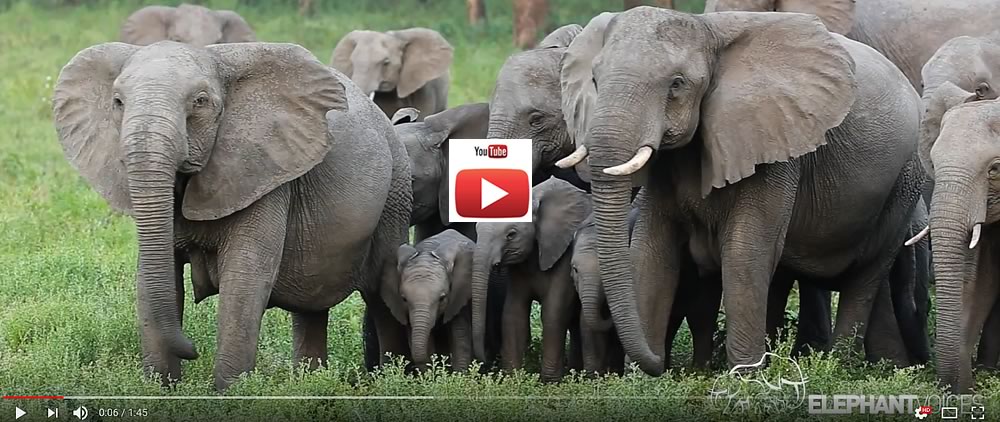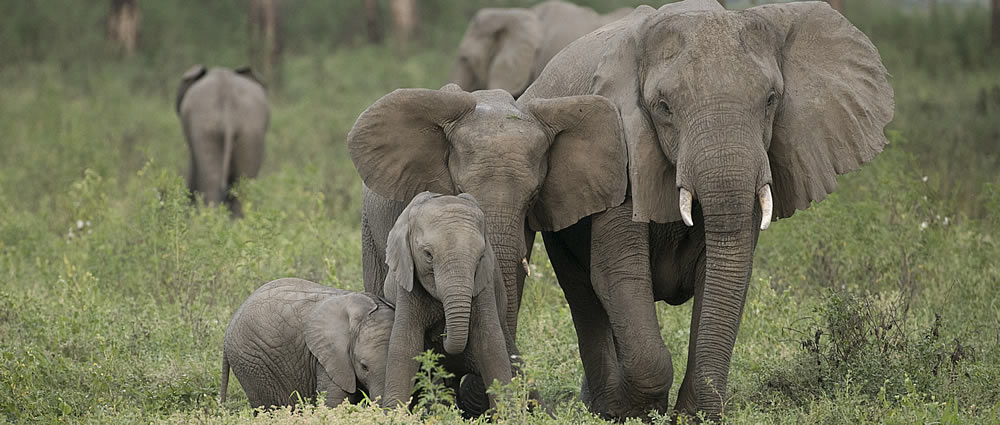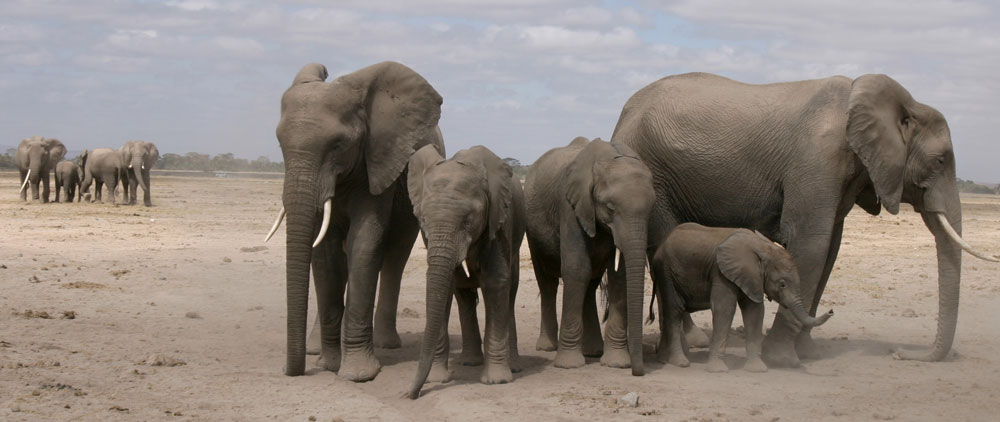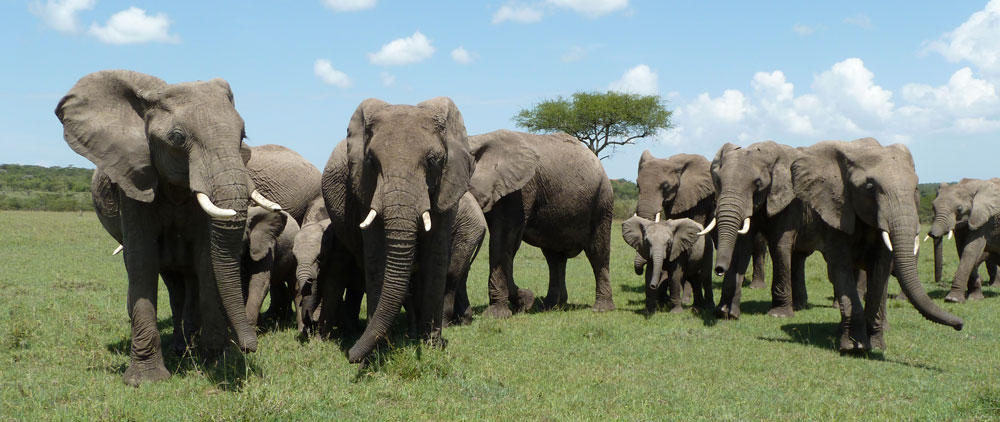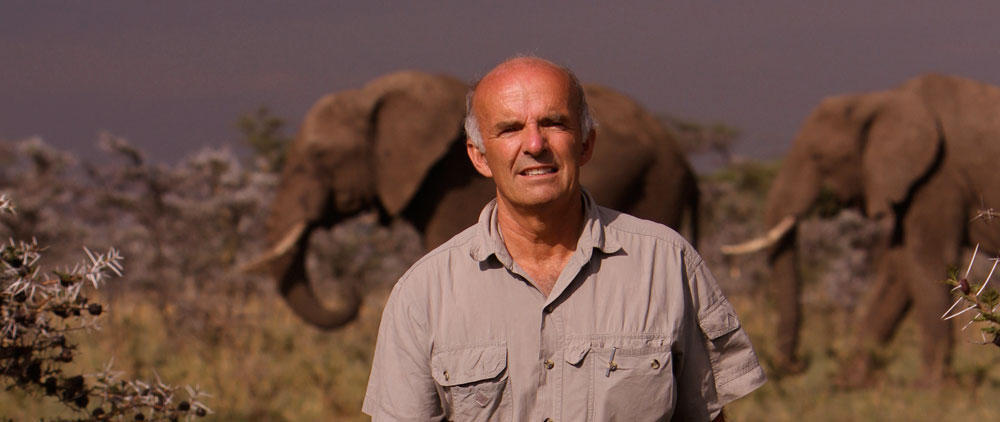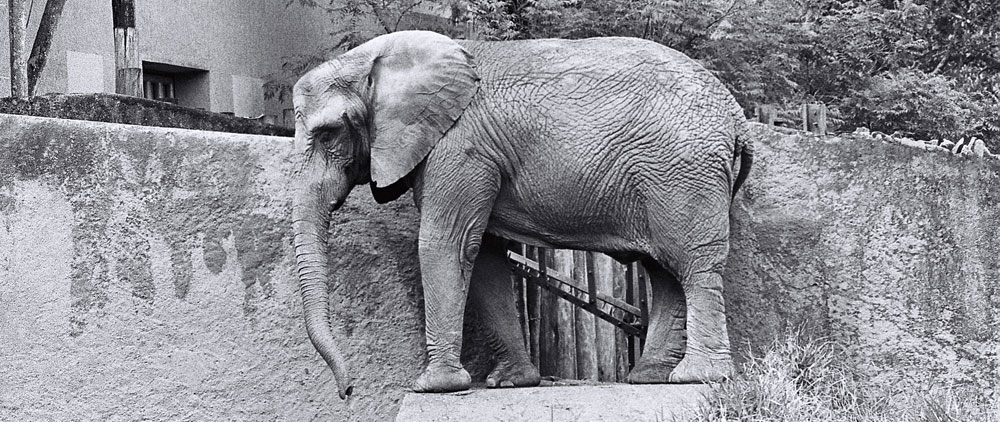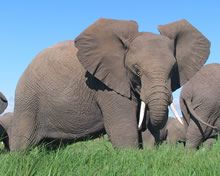elephant displays
-
A message of gratitude from ElephantVoices
Dear Friend of ElephantVoices,
When elephants have a goal to accomplish, a plan to put into motion, they reach out to their friends. When they have had success and achieved something together, they acknowledge the members of their team. We call it High-Fiving, because it is used in much the same way as we would High-Five with our hands - as a call to action or a celebration of an accomplishment. Only elephants do it with their trunks :-).
Joyce is now into her 42nd year studying elephants and working for their conservation and welfare. In 2017 she and Petter will have worked together as ElephantVoices for 15 years. Just like elephants we rely on our team, and You are on it.
We are grateful for our network of donors, collaborators, colleagues, volunteers and other friends of elephants. We could not do without your support, encouragement, compassion and knowledge. To show our gratitude we High-Five all of you!
Thank you for being there for elephants and for us.
Trumpets, Joyce and Petter
The work of ElephantVoices is dependent on your support - please include ElephantVoices in your giving.
Donate online, or send your contribution to ElephantVoices, 1160 Battery Street, Suite 300, 94111 San Francisco.
ElephantVoices -
ElephantVoices research
Listening to the voices of elephants over decades has taught us that communication is the glue that binds the social network of an intelligent species, and its study offers a window into the hearts and minds of elephants. Our collection of observations, recordings and images come from Africa and Asia and form the basis of extensive databases, being used and visited by a world-wide audience.
 A decades-long study of elephant social behaviour, communication and cognition in Amboseli, Kenya, have been dedicated to the understanding and protection of these remarkable creatures. Our work in the Maasai Mara, Kenya, and Gorongosa National Park, Mozambique, is adding to this body of knowledge and will in due time also be reflected in our online behavioral databases.
A decades-long study of elephant social behaviour, communication and cognition in Amboseli, Kenya, have been dedicated to the understanding and protection of these remarkable creatures. Our work in the Maasai Mara, Kenya, and Gorongosa National Park, Mozambique, is adding to this body of knowledge and will in due time also be reflected in our online behavioral databases.By studying what elephants are capable of understanding and what they communicate to one another, we have a better chance of finding solutions to the many problems that elephants face. In this endeavour we collaborate with biologists all over the world with our online collections forming a unique resource for other scientists and the public.
By clicking on the illustration to the right you will be able to check out an article on National Geographic, giving some insight
-
Visual communication
For years naturalists have written about the behavior of elephants without realizing they were contributing to the beginnings of a foundation of knowledge about their visual communication. Many of these descriptions are part of popular language. For instance, people talk about an angry elephant "charging", "flapping its ears", "kicking up dust" or "tossing its trunk." In the course of their research early elephant ethologists, too, wrote about specific displays using words such as "the musth walk", "standing tall" or "trunk curling," to name but a few.
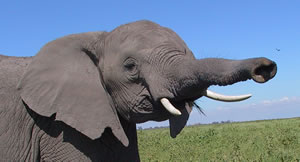 So how do elephants send visual signals? The answer in its simplest form is that they use their heads, eyes, mouth, ears, tusks, trunk, tail, feet and even their whole body to signal messages to one another and to other species. For example, a threatening or dominant elephant
So how do elephants send visual signals? The answer in its simplest form is that they use their heads, eyes, mouth, ears, tusks, trunk, tail, feet and even their whole body to signal messages to one another and to other species. For example, a threatening or dominant elephant  signals her status by trying to appear larger, carrying her head high above her shoulders, spreading her ears, climbing up a termite mound, while a subordinate elephant carries his head low and his ears back. An elephant who is fearful raises her tail and lifts her chin. A socially aroused elephant raises tail and her head, and lifts and rapidly flaps her ears.
signals her status by trying to appear larger, carrying her head high above her shoulders, spreading her ears, climbing up a termite mound, while a subordinate elephant carries his head low and his ears back. An elephant who is fearful raises her tail and lifts her chin. A socially aroused elephant raises tail and her head, and lifts and rapidly flaps her ears.


